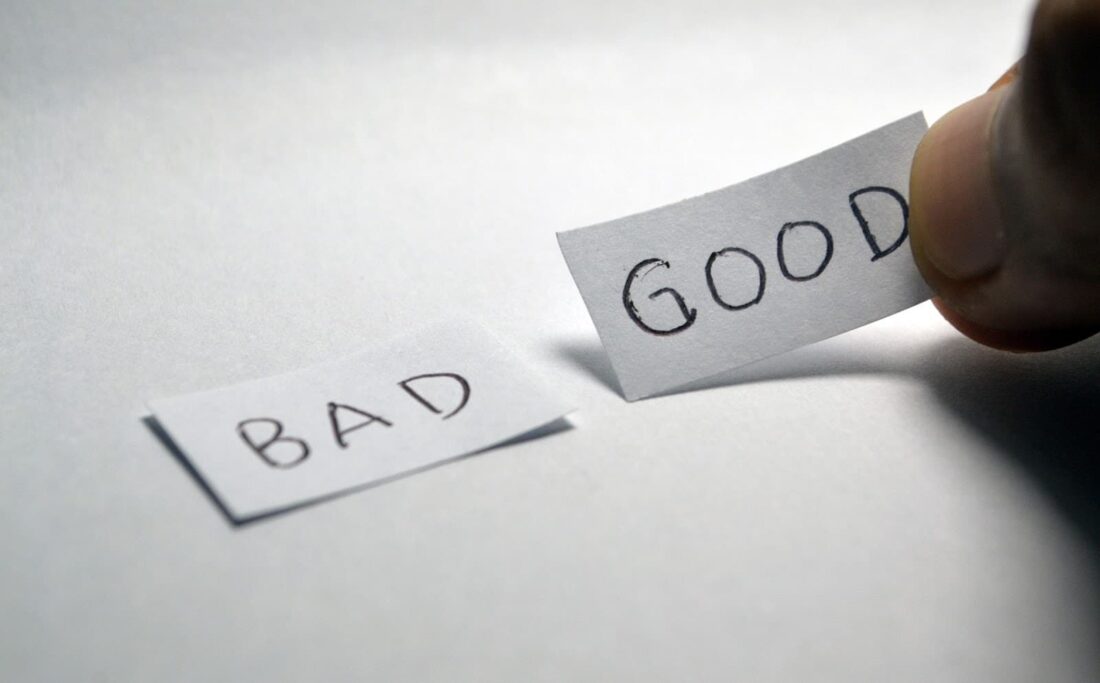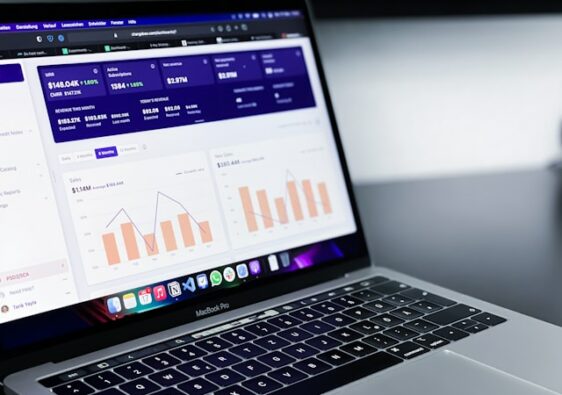The world has undergone remarkable technological advancements in recent years. From mobile devices to social media, marketers now can reach a vast number of consumers with just a few clicks.
Yet, quantity doesn’t always equate to quality. While platforms like Facebook excel at engaging target audiences, they pale in comparison to the power of email marketing. It boasts the highest ROI among all advertising channels and continues to thrive.
According to Statista, global email marketing revenue is projected to reach $17.9 billion by 2027 (source: https://www.statista.com/statistics/812060/email-marketing-revenue-worldwide/), underscoring its immense popularity among businesses. However, amidst the influx of messages flooding inboxes daily, those that find themselves at the bottom are often overlooked.
This means that all the compelling content you meticulously create for your audience could go to waste. Hence, it is crucial to determine the ideal timing for your marketing emails.
Sending them when your prospects or customers aren’t focused on their inbox is a surefire path to failure. Likewise, sending them at the same time as your competitors will cause your message to get lost among countless similar emails.
So, how can you determine the best day and time to send your emails? While there are no foolproof rules, there are some general guidelines to consider. However, the key lies in truly understanding your audience. Armed with this knowledge, you can make informed decisions about the optimal timing for your email blasts.
To help you kickstart your efforts, here are a few valuable tips to consider.
Mastering the Art of Timing in Email Marketing: Our Recommendations
#1: Understand Your Audience Thoroughly. Reach Out to Them When They’re Most Likely to Engage With Your Emails

As previously mentioned, the cornerstone of effective email marketing lies in a profound understanding of your recipients. While it’s impossible to know each target individually, you can develop a buyer persona or personas that encapsulate your target group.
But how do you create this? It’s simple logic, really. Take into account these factors:
- Your business type: Is it B2C or B2B?
- The industry or business sector your recipients operate in.
- The typical daily routine of your audience: Do they have a conventional nine-to-five job or irregular working hours? What are their weekday and weekend routines?
- The age group that makes up the majority of your targets.
- The time zone and climate where your audience lives.
Document the answers to these questions to gain a clearer picture of the individuals you’re trying to reach. Based on these elements, we suggest the following optimal days and times for your email blasts.
B2B Vs B2C
People usually separate their personal emails from their work emails. Hence, emailing your B2B audience on weekends is not advisable. After all, this is a time for unwinding.
For B2B companies, send your emails on Tuesdays, Wednesdays, or Thursdays around 10 am–11 am. This is typically when most employees settle at their desks and begin checking their messages.
We also recommend sending emails around 1 pm–2 pm on the aforementioned days. This is when employees often peruse their emails during their lunch breaks. Additionally, consider sending emails between 6 pm and 7 pm midweek. Employees commuting home may use this time to check their emails.
However, for managers and supervisors, the best time to send a B2B email is around 10 am on Saturdays. They have more responsibilities and consequently, check their inbox often to stay updated. On Saturdays, they’re typically less occupied than during the workweek.
For the B2C audience, it’s challenging to determine the exact day and time when consumers will be inclined to open marketing emails. Therefore, you can experiment by sending your emails over the weekend, perhaps late on Saturday (around 12 am). This is when competition is at its lowest, thereby increasing your chances of grabbing your prospect’s or customer’s attention with your email.
Sector
Most marketers tend to steer clear of Fridays for email dispatches, and it’s not without reason. Think about it — do you find yourself going through emails on Fridays? If you’re anything like us, we’d wager you don’t. The rationale is simple: Friday marks the conclusion of the workweek. The allure of a relaxing Saturday and Sunday spent with loved ones or in solitude is almost palpable.
The last thing on your mind as the clock ticks closer to 5 is likely reading emails, unless… perhaps you’re planning a vibrant evening or entertaining weekend. You might be considering a concert or a fine dining experience at an upscale downtown restaurant.
At such moments, browsing for related information online, a fresh email notification might pique your interest, prompting you to check it out.
Thus, the takeaway here is that in a typical business environment, Fridays aren’t ideal for sending out newsletters. However, in sectors where individuals are likely to check their emails on this day (think entertainment, hospitality, etc.), Fridays or weekends could potentially work. It’s all about testing the waters to see what fits your scenario.
Demographics
The average age of your target demographic should also play a role in determining the optimal timing for your emails. If your audience skews younger, diverging from the norm of mid-week, mid-day emails might be beneficial. Younger audiences are often glued to their mobile devices and responsive to push notifications. Sending them an email later in the day, when competition is minimal, may not be a bad idea.
Geography and Weather Patterns
Consumers’ behavior can vary significantly based on their geographical location and local climate. This is another factor to take into account.
Do your prospects reside in warmer regions? If so, late evenings or weekends might not be the best times for sending promotional emails or other business communications. The reason is straightforward: this is when the sun sets, providing an opportunity to enjoy the outdoors and cool off.
In contrast, individuals residing in colder climates like Finland might spend more time indoors, especially on weekends. These folks could be more inclined to browse the web and take note of your message during these times.
The time zone of your audience is crucial too. Keep in mind the time difference when sending emails to someone in New York versus Paris. Neglecting this could result in your email getting lost in a sea of other messages.
#2: A Week Start Free of Emails Leads to a Positive Conclusion: Approach Mondays With Care

Friday doesn’t top the list for ideal email-sending days. However, it’s not completely off the table if you’re prepared to do some groundwork. Monday, on the other hand, is the least favorable amongst all days for email marketing. Some argue that Monday faces the least competition, implying your email might get a chance to stand out.
Let’s face it, though. The beginning of the week poses the most significant challenge for every office worker. The Sunday barbecue was delightful, but the next one is a week away. The prospect of enduring another five days at the office desk seems daunting.
What’s the common action of employees towards incoming emails on Mondays? They typically select all and hit the delete button to clear their inbox. The takeaway: steer clear of Mondays. Experimenting with them might not yield any fruitful results. Mondays are unequivocally not the optimal time for an email campaign.
#3: Announcing a Christmas Sale or Product Launch? The Ideal Time to Dispatch an Email for an Event is Approximately a Week Prior

If you’ve got an event in the pipeline, dispatch your email a minimum of three to five days in advance. This ensures you reach recipients who may not immediately read your message (barely over 20% of all email opens occur within an hour of receipt).
#4: Harness the Power of Specialized Email Marketing Software to Gauge Your Email Performance

Conduct A/B testing to determine which days result in more opens and click-throughs.
Selecting a single specific day and time to send emails to your audience won’t suffice. While adhering to the advice in this post, choose multiple days and times and conduct A/B testing to identify which ones generate more opens or click-throughs.
To support your efforts, use one of the many email marketing automation tools available, such as SendGrid, HubSpot, MailChimp, or others.
In Conclusion
Determining the optimal day and time to dispatch your marketing emails is no simple task. Generally, experts suggest Tuesdays, Wednesdays, and Thursdays at 10 am–11 am, 1 pm–2 pm, and 6 pm–7 pm as the most promising times.
However, it’s essential to understand your target audience’s behaviors, daily schedules, and demographics to select the best day and time for email campaigns. It’s also beneficial to conduct A/B testing at various times and days to confirm your choice is effective.



